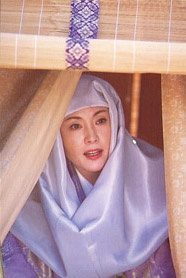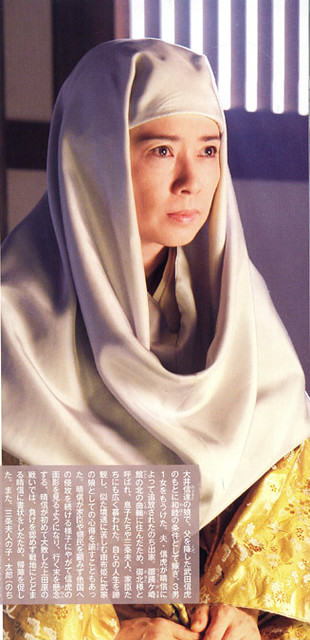On Matawa 真綿
Nov. 18th, 2016 10:18 pmA question was asked on the SCA Japanese Facebook page: "Padded Uchigi. Is this just, like, quilted? fluffy? Essentially really thick interfacing? I assume they used silk, but I can't envision what the final product looks like."
My answer:
真綿 (mawata) is low-quality silk, nowadays mostly used for making handkerchiefs, but was used for padding on winter garments. This page shows what it looks like: http://www.wildfibres.co.uk/html/mulberry_silk.html
"Was it just stuffed in or how did it stay in place?"
John Marshall actually has a chapter about it in his _Make Your Own Japanese Clothes_, where he discusses the traditional method and then a more modern method better suited towards modern washing using easier to find material (since his book IS about modern clothes). Mawata is sticky, so you basically layer it in place. This webpage shows the process for silk handkerchiefs--it is just on a larger scale for garments. http://www.wormspit.com/mawatas.htm
Marshall, John. Make Your Own Japanese Clothes (Tokyo; Kodansha International, 2013 reprint) 978-1568364933. Originally printed in 1988, ISBN 087011865X.
My answer:
真綿 (mawata) is low-quality silk, nowadays mostly used for making handkerchiefs, but was used for padding on winter garments. This page shows what it looks like: http://www.wildfibres.co.uk/html/mulberry_silk.html
"Was it just stuffed in or how did it stay in place?"
John Marshall actually has a chapter about it in his _Make Your Own Japanese Clothes_, where he discusses the traditional method and then a more modern method better suited towards modern washing using easier to find material (since his book IS about modern clothes). Mawata is sticky, so you basically layer it in place. This webpage shows the process for silk handkerchiefs--it is just on a larger scale for garments. http://www.wormspit.com/mawatas.htm
Marshall, John. Make Your Own Japanese Clothes (Tokyo; Kodansha International, 2013 reprint) 978-1568364933. Originally printed in 1988, ISBN 087011865X.


